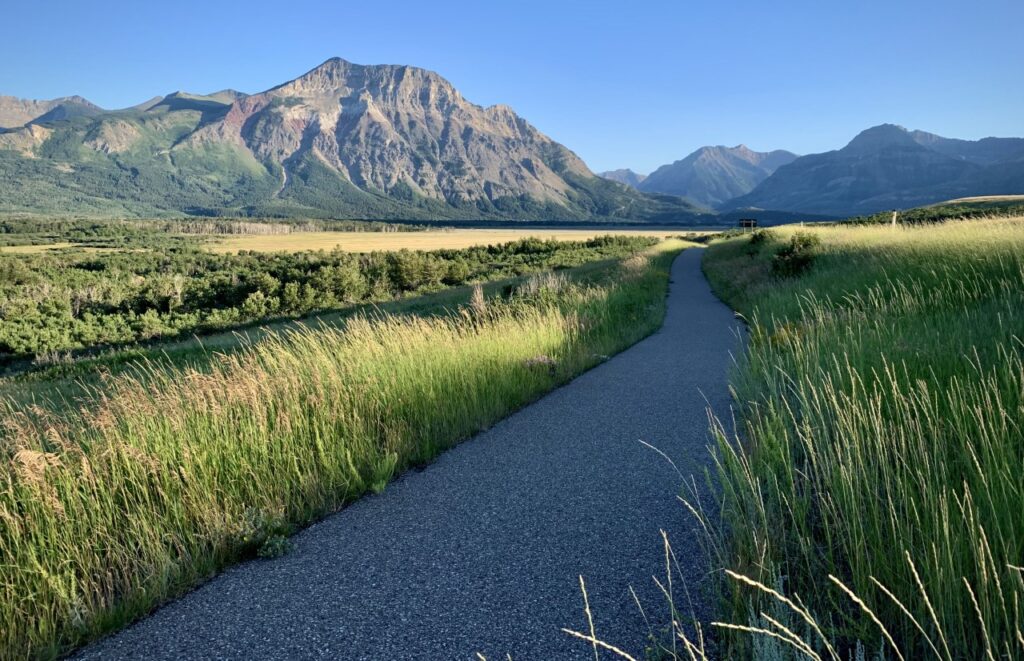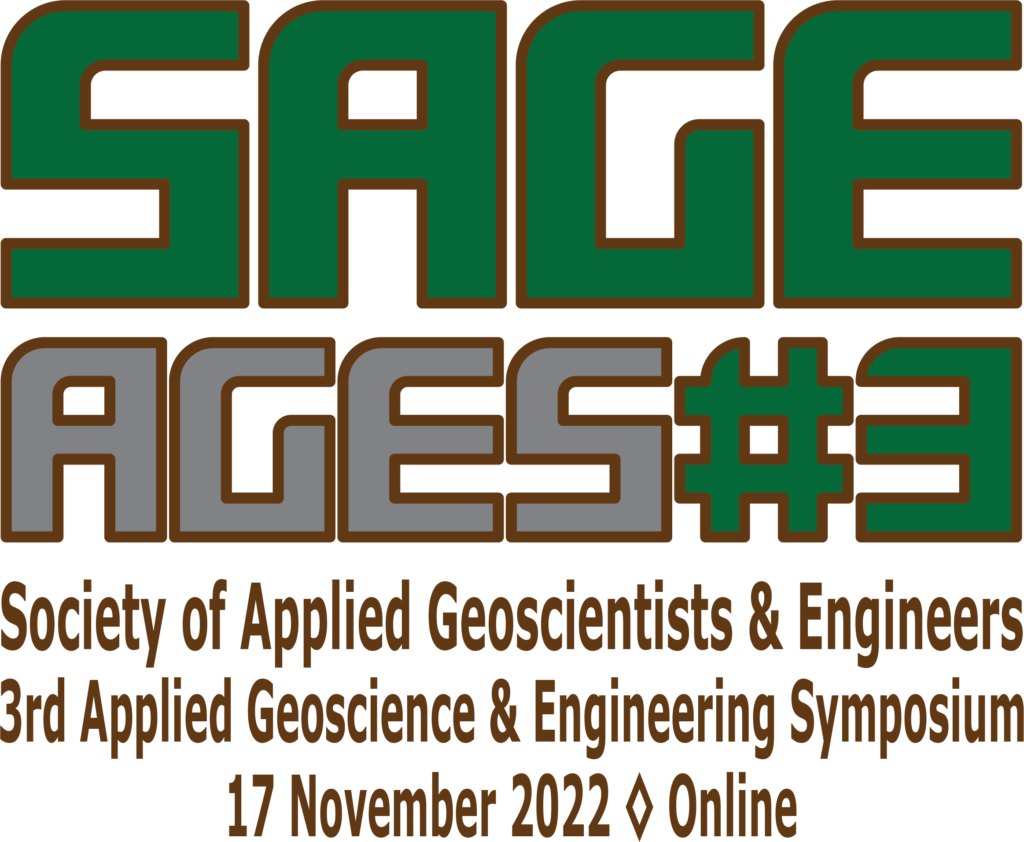3rd SAGE Applied Geoscience and Engineering Symposium (SAGE AGES #3), 17 November 2022, Online
"Geotourism, Geoparks, and Geotrails: Education and Enjoyment of Geoscience around the World"
SAGE AGES #3
SAGE held an international Virtual Symposium on “Geotourism, Geoparks, and Geotrails” on 17 November 2022 as part of its Applied Geoscience & Engineering Symposium (SAGE AGES) series.
In addition to offering the live event for free to not only SAGE members and the speakers, but also at no charge for non-members, we are pleased to provide on-demand content in open-access format of this event.
On-demand content is available via the links provided below in the schedule of presentations.
Schedule of Presentations
| US Central Standard Time (GMT-6) | Speakers | Title | Hyperlink |
|---|---|---|---|
| 7:50–8:00 AM | Melany Hysert (SAGE AGES #3 Convenor; Geotourism Consultant, Calgary, Alberta, Canada) and James J. Willis (SAGE President and SAGE AGES #3 Co-Convenor) | SAGE AGES #3 on “Geotourism, Geoparks, and Geotrails: Education and Enjoyment of Geoscience around the World”—Morning Session Welcome and Introduction | http://sagetech.org/sage_record_103_hysert_and_willis/ |
| 8:00–8:25 AM | Mark Asendorf (Marmel Enterprises, Darwin, Northern Territory, Australia) | Geotourism—A Massive Opportunity for the North | http://sagetech.org/sage_record_105_asendorf/ |
| 8:30–8:50 AM | Nuri Fello (Geosciences Department, Nafusah Oil Operations B.V., Tripoli, Libya) | Geopark Project in Libya—Features and Characteristics | http://sagetech.org/sage_record_107_fello |
| 9:00–9:25 AM | Mubarak M. Al-Hajeri (Exploration Group, Kuwait Oil Company, Ahmadi, Kuwait), Aimen Amer, Ali Najem (Schlumberger, Ahmadi, Kuwait), Faisal Al-Qattan (Exploration Group, Kuwait Oil Company, Ahmadi, Kuwait), Mohammed Naqi, Yaqoub Al-Refaei (Department of Earth and Environmental Sciences, Kuwait University, Kuwait), and David Green (Stratum Reservoir, Mina Abdullah, Kuwait) | The Geological Wonders in the Bahrah Coastal Plains of Northern Kuwait Bay, Kuwait | http://sagetech.org/sage_record_104_al-hajeri_et_al/ |
| 9:30–9:55 AM | Laura MacNeil (Prehistoric Island Tours, Vernon Bridge, Prince Edward Island, Canada) | Geotourism in Prince Edward Island: Interpretation Tools that have Fostered Successful Geological and Paleontological Interest among the General Public | http://sagetech.org/sage_record_112_macneil/ |
| 9:55–10:30 AM | BREAK | ||
| 10:30–10:55 AM | C. W. Gross (Sandstone Prehistoric Safaris, Calgary, Alberta, Canada) | Fumbling toward Earth Science Education | http://sagetech.org/sage_record_108_gross/ |
| 11:00–11:50 AM | Dale Leckie (University of Calgary, Calgary, Alberta, Canada) | KEYNOTE PRESENTATION: The Blending of Storytelling with Science, Art, and History to Make Geology More Appealing | http://sagetech.org/sage_record_111_leckie/ |
| 11:50 AM–1:50 PM | LUNCH BREAK | ||
| 1:50–2:00 PM | Melany Hysert (SAGE AGES #3 Convenor; Geotourism Consultant, Calgary, Alberta, Canada) and James J. Willis (SAGE President and SAGE AGES #3 Co-Convenor) | SAGE AGES #3 on “Geotourism, Geoparks, and Geotrails: Education and Enjoyment of Geoscience around the World”—Afternoon Session Welcome and Introduction | http://sagetech.org/sage_record_103_hysert_and_willis/ |
| 2:00–2:25 PM | Thomas Hebert (Earth Sciences Foundation Inc., Eau Claire, Wisconsin) | Engaging and Maintaining Engagement with Youth in Geosciences | http://sagetech.org/sage_record_109_hebert/ |
| 2:30–2:55 PM | Melany Hysert (Geotourism Consultant, Calgary, Alberta, Canada) | Science Museums in Canada: Facebook Trends and Strategies during the COVID–19 Pandemic | http://sagetech.org/sage_record_110_hysert/ |
| 3:00–3:50 PM | Ron Boyd (University of Newcastle, Newcastle, New South Wales, Australia), Guy Fleming (Geological Survey of New South Wales, Maitland, New South Wales, Australia), and Bernadette Drabsch (University of Newcastle, Newcastle, New South Wales, Australia) | KEYNOTE PRESENTATION: Geotales and Geotrails in New South Wales, Australia—Collaborative Geotourism and Education | http://sagetech.org/sage_record_106_boyd_et_al/ |
Speaker Listing and Abstracts
KEYNOTE PRESENTATION: Geotales and Geotrails in New South Wales, Australia—Collaborative Geotourism and Education
Ron Boyd (University of Newcastle, Newcastle, New South Wales, Australia), Guy Fleming (Geological Survey of New South Wales, Maitland, New South Wales, Australia), and Bernadette Drabsch (University of Newcastle, Newcastle, New South Wales, Australia)

Geotrails provide an excellent opportunity to create new, place-based visitor experiences in regional locations which are self-guided, have low environmental or infrastructure impact, and are ideally suited to the social-distancing requirements of our post-COVID world. We have recently developed new geotrails in the state of New South Wales, Australia as highly collaborative partnerships between the NSW Government, the University of Newcastle and local stakeholders and site custodians, with the ultimate aim of creating a network of geotrails across NSW. Geotourism is defined for us as tourism which focuses on an area’s geology and landscape as the basis of fostering sustainable tourism development. A Geotrail delivers geotourism experiences through a journey linked by an area’s geology and landscape as the basis for providing visitor engagement, learning and enjoyment. They can also form part of the earth science curriculum content of schools and universities in the area, and are available online as virtual enjoyment and learning tools. The geotrails are delivered in the form of free, self-guided apps for mobile devices, brochures, web content and signage (if supported by site custodians). Additional high quality digital content such as spoken word audio, video, virtual reality imagery and podcasts provide even richer content to support the geotrail. Geotrails also provide an opportunity to incorporate complementary information, such as Aboriginal or European heritage, mining heritage and ecological features which may also have a relationship to the geology and landscape at a place. Integration of complementary information also adds greatly to visitor engagement and buy-in from local stakeholders or site custodians and can act as an enabler at relatively under-developed sites. Best practise geotrails are constructed around existing tourist routes which provide a logical and safe journey, incorporate local biodiversity and culture, meet the needs of visitors and local stakeholders, and allow for co-design and collaboration with local community and stakeholders during production. Examples of recent geotrails at Port Macquarie, Newcastle, and Warrumbungle National Park and geotrails in development at Mutawintji and along the Darling/Barka River (Figs. 1 and 2) illustrate best practise approach for successful design and development based on practical experience. In this presentation we will examine two Geotrail examples, concentrating first on a plate tectonic theme at Port Macquarie, and secondly a river landscape theme along the Darling/Barka River.
BIOGRAPHY: Dr. Ron Boyd is an Honorary Associate Professor of Earth Sciences at the University of Newcastle. He holds Ph.D. and B.Sc. (Hons.) degrees in Earth Sciences from the University of Sydney. He has taught and researched earth science in Australia, USA, Canada, China, and Europe and has published over 220 research papers on this subject. He has worked in industry as a Principal Geologist with ConocoPhillips Company and PanCanadian Petroleum. Ron Boyd has been a chief scientist on the Australian National Facility RV Franklin and RV Southern Surveyor, a geologist on the Ocean Drilling Program, an AAPG Distinguished Lecturer, and a Humbolt Fellow. He currently is mainly involved in community earth science projects including geotourism/geoeducation and coastal management in New South Wales.

Figure 1. Professor Ron Boyd at Shelley Beach, Port Macquarie, Australia. Photo courtesy of the Australian Broadcast Corporation Mid North Coast: Emma Siossian). Please visit https://www.abc.net.au/news/2018-05-04/port-macquarie-geotrail-offers-glimpse-460-million-years-ago/9722164 for more details.
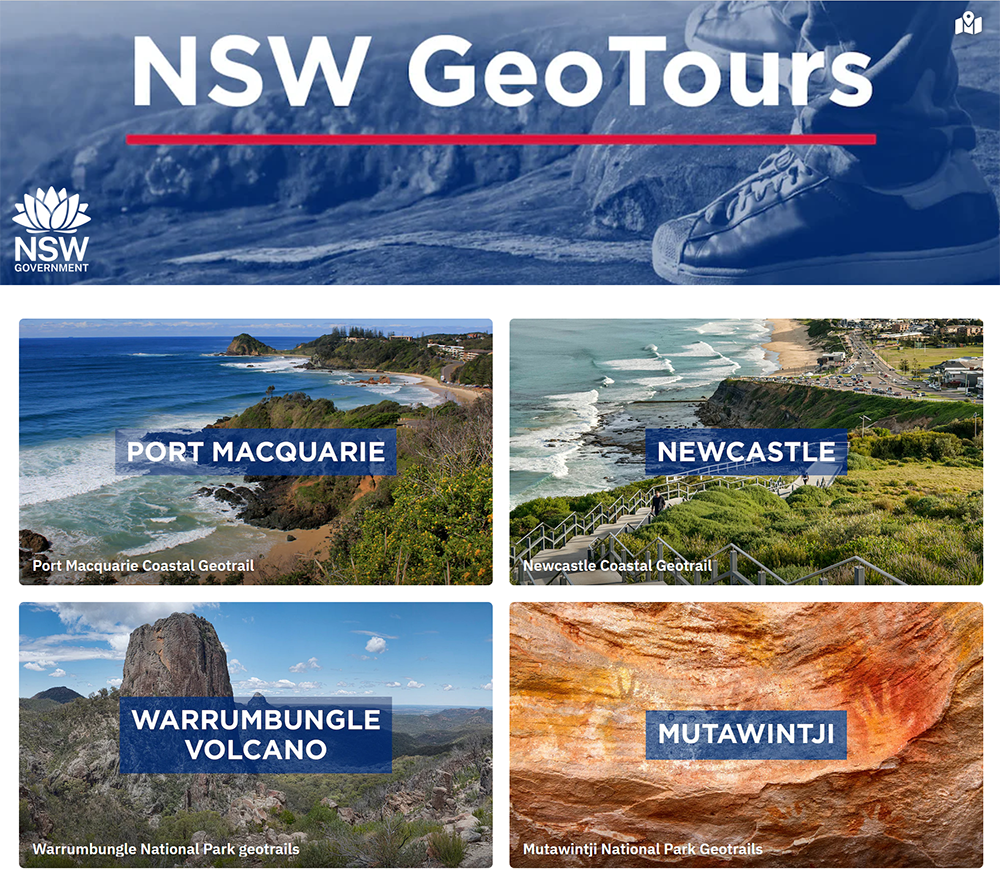
Figure 2. Geotours/geotrails in New South Wales, Australia.
KEYNOTE PRESENTATION: The Blending of Storytelling with Science, Art, and History to Make Geology More Appealing
Dale Leckie, Ph.D. (University of Calgary, Calgary, Alberta, Canada)
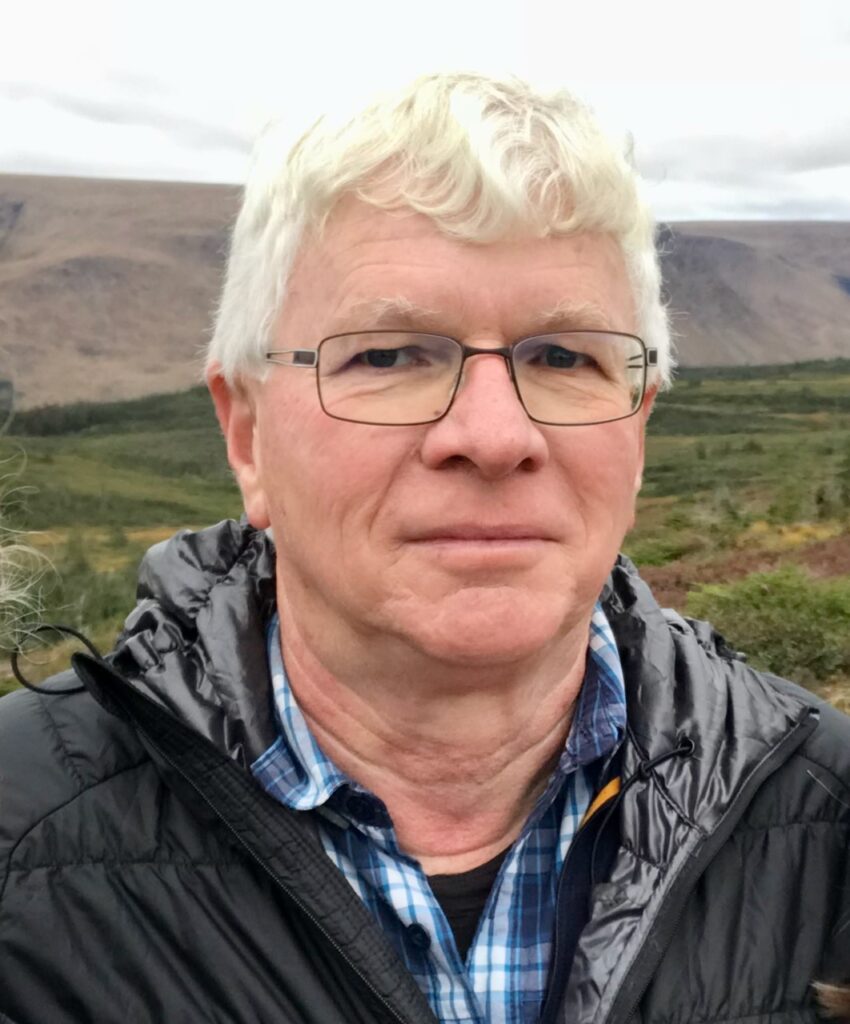
In order to attract travellers to appreciate the origin of spectacular landscapes and the wonders of geology, the medium of communication must be attractive and simple. I write best-selling tour books about the geological origins of scenic landscapes. My goal is to share my curiosity for natural history, and to share it as broadly as possible. My tour books are used by the public, naturalists, academics, and professionals.
One of the first challenges in writing a tour book is to convince members of the public that it will be fun to purchase a tour book and then for them to commit to spending time exploring and learning about origins of scenic landscapes. The first good impression is always based on a well-designed and pleasing cover (Figs. 1 and 2).
Geological experiences need not be just science. There are other aspects that are closely tied to the topic. I strive to blend storytelling with science, including history and art to provide addition perspectives into understanding and appreciating the landscape. These additional themes can be woven together with descriptions of the scenery having geological underpinnings. Sprinkle in geological terms without slowing the narrative. Keep jargon to a minimum and include a glossary of terms used.
Most everyone recognizes the intrinsic beauty of mountain and prairie landscapes. To take advantage of that, I incorporate stunning full-colour imagery by Canadian artists which provide another emotional connection to the landscapes being visited, beyond what my photographs portray. This inclusion of art allows the reader and traveller the opportunity to view the countryside through the eyes of an artist as well as from the perspective of a scientist.
Most of the scenic geological wonders I describe can be seen from roadside pullouts or explored on non-arduous hikes. The tour book should be illustrated liberally with colour photographs and maps; simplified explanatory images are a must. Clear, concise directions accompany simple maps. Incorporate other interesting aspects where appropriate, such as where civil engineering has had to intercede with natural geological processes to protect an alpine village built on an alluvial fan from regular flooding. Provide warnings about potential hazards, whether due to rattlesnakes, private property boundaries, or the impact of weather on trail conditions should be provided.
I worked closely with a professional graphic artist and designer to ensure the final product is a well laid out book that is aesthetically pleasing, having pleasant colours, with ample white space for those who are inclined to jot down notes.
The final product should be a book that serves several purposes. It can be left in the car as part of the car library, easily accessible for informative road trips or short hikes. The book should also be attractive enough to be able to serve as a coffee table book that must be picked up and looked at. And, it should be aesthetically appealing enough, that it can be a great gift, even for those who are not from the area.
Anecdotally, my first book, Rocks, Ridges, and Rivers: The Scenic Geology of Banff, Yoho, and Jasper National Parks, was used by a high-school student as background to write a report and apply for the Duke of Edinburgh Award. The mother and daughter travelled the Icefields Parkway between Lake Louise and Jasper, in Banff and Jasper national parks, to appreciate and write a report on the natural history of the area. The daughter received the prestigious award. As well, families use my tour books as the basis for holiday planning and exploring. I am often told by university professors that my tour books are used in their classes and for field courses.
BIOGRAPHY: Dale Leckie, Ph.D. is a geologist who worked at the Geological Survey of Canada and as chief geologist in a large Canadian energy company. He has edited numerous books and published widely on the geology of western Canada. He is adjunct professor in the Geoscience Department at University of Calgary. Dale is recognized for his long-term contributions to geology and is an honorary member of Society for Sedimentary Geology (SEPM) and Canadian Society of Petroleum Geologists (CSPG). His most recent book, The Scenic Geology of Alberta, topped the best seller lists across the province all summer long last year. Dale’s first book, Rocks, Ridges, and Rivers: Geological Wonders of Banff, Yoho, and Jasper National Parks, was a highly successful, best seller as well.
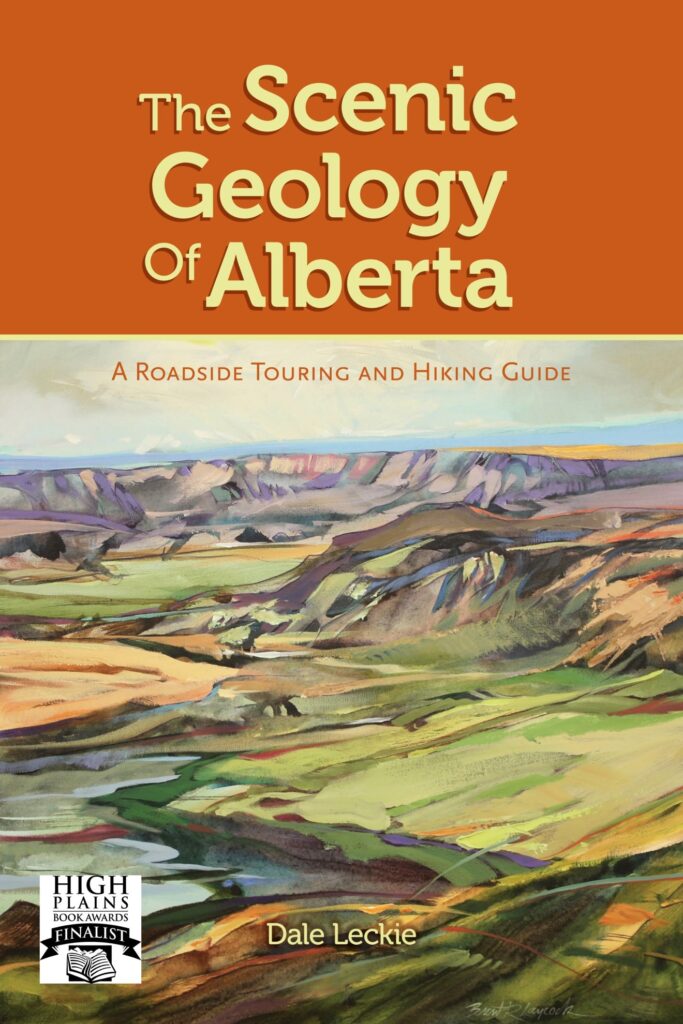
Figure 1. Cover illustration of The Scenic Geology of Alberta: A Roadside Touring and Hiking Guide by Dale Leckie.
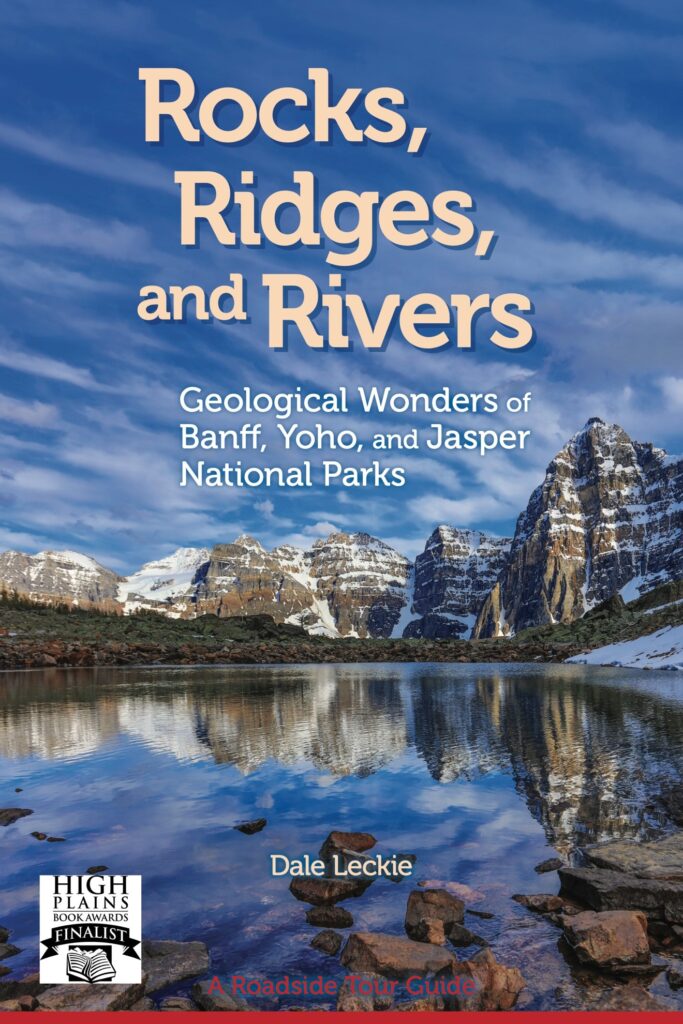
Figure 2. Cover illustration of Rocks, Ridges, and Rivers: Geological Wonders of Banff, Yoho, and Jasper National Parks by Dale Leckie.
The Geological Wonders in the Bahrah Coastal Plains of Northern Kuwait Bay, Kuwait
Mubarak M. Al-Hajeri (Exploration Group, Kuwait Oil Company, Ahmadi, Kuwait), Aimen Amer, Ali Najem (Schlumberger, Ahmadi, Kuwait), Faisal Al-Qattan (Exploration Group, Kuwait Oil Company, Ahmadi, Kuwait), Mohammed Naqi, Yaqoub Al-Refaei (Department of Earth and Environmental Sciences, Kuwait University, Kuwait), and David Green (Stratum Reservoir, Mina Abdullah, Kuwait)
The Bahrah coastal plains of northern Kuwait Bay contain very rare and enigmatic sand bodies in outcrops interpreted as sand injectites. It has been suggested that these sand injectite outcrops are surface manifestations of a near-surface bio-geochemical mechanism (Al-Hajeri et al., 2020). These outcrops are located in two sites: Site–1 of sand injection pipes (Fig. 1) and Site–2 of polygonal to semi-circular sand injectites (Fig. 2). These unique sand bodies are prominent in the two sites probably preserved by recent prevailing sandstorms and high rate of sedimentation; however, scarce rather smaller forms are documented in the vicinity of the Bahrah coastal plains. The sand injection pipes of Site–1 demonstrate a complex internal and external structure facilitated by a complex bio-geochemical process to date still debatable. However, sand features of Site–2 represent reddish/brownish to yellowish lithified elongated and undulating polygonal pattern in the terrain as lithified sand volcanoes that resembles Mar’s surface.
Unfortunately, these sites are found in open and accessible camping areas and are threatened to be destroyed by people who aren’t self-aware of their significance and importance. It will be very challenging to protect these geological features in Kuwait from destruction, but their significance globally and locally warrants the effort. We believe these rare and unique geological sites can be a good candidate and hotspots for Geotourism. Therefore, we reached out to the Kuwait Environmental Public Authority and requested to protect these geological sites as geological heritage areas and to be listed in the UNESCO Global Geopark.
REFERENCE CITED
Al-Hajeri, M. M., A. Amer, D. Djawair, D. Green, and M. Al-Naqi, 2020 Origin of enigmatic sand injectite outcrops associated with non-tectonic forced-folding structure in Bahrah area, northern Kuwait Bay: Marine and Petroleum Geology, v. 115, 104268.

Figure 1. Sand injection pipes of different sizes and geomorphological characteristics.

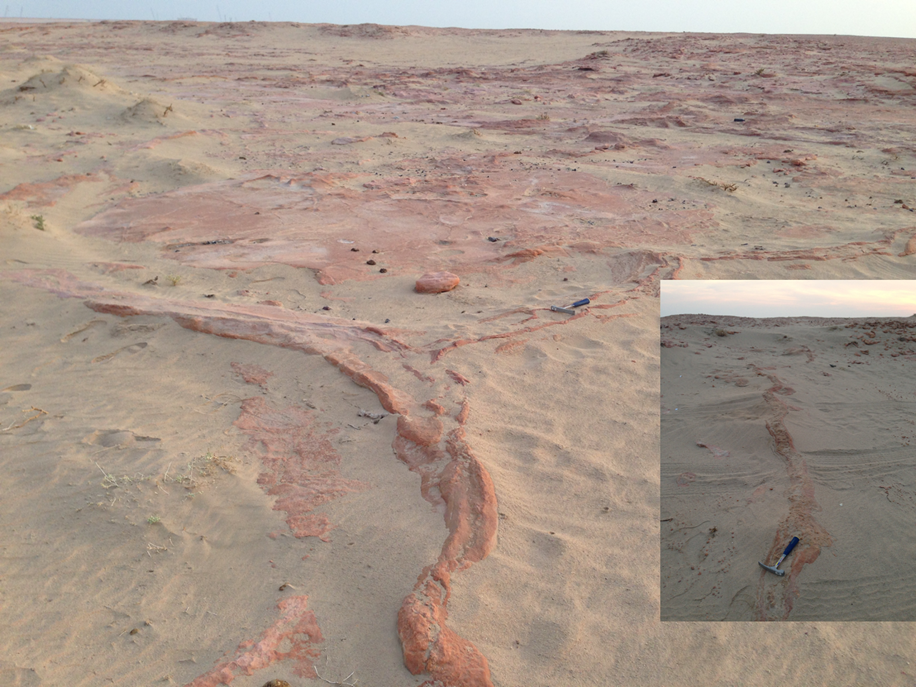
Figure 2. Polygonal to semi-circular sinuous sand injectites and sand volcanoes.
Geotourism—A Massive Opportunity for the Northern Territory, Australia
Mark Asendorf (Marmel Enterprises, Darwin, Northern Territory, Australia)
In late 2017, I entered the conceptual and engaging world of Geotourism, following a life-long passion for geoscience and location-aware technology that has influenced my life and career for over 20 years. I sought answers to the question – can Geotourism assist in developing the Northern Territory, promoting its regions and communities, and its capital Darwin?
I believe it can.
Geotourism is a well-stablished industry overseas but is only just beginning to gain momentum in Australia, primarily through state-initiated projects. However, a National Geotourism Strategy was released on the 7th of April 2021 by the Australian Geoscience Council with the intention of coordinating national geotourism initiatives under 7 strategic goals, all of which are relevant to Northern Australia.
The potential of the Northern Territory as a geotourism hub is beginning to be recognised and several projects have been competed or are progressing.
My presentation focuses on 3 geotourism themes as they relate to the Northern Territory.
- The lessons learned from building the Darwin City Geotrail (DCG), a self-funded and resourced self-guided on-line tour of the Darwin Central Business District.
- The Pine Creek Geotrail proposal under development which is coordinated by the Darwin Branch of the Australasian Institute of Mining and Metallurgy (AusIMM) through a Regional Development Australia (NT)
- Potential collaboration for new geotrails in other parts of the Northern Territory and interlinkages with National Geotrails.
Geopark Project in Libya—Features and Characteristics
Nuri Mohamed Fello (Geosciences Department, Nafusah Oil Operations B.V., Tripoli, Libya)
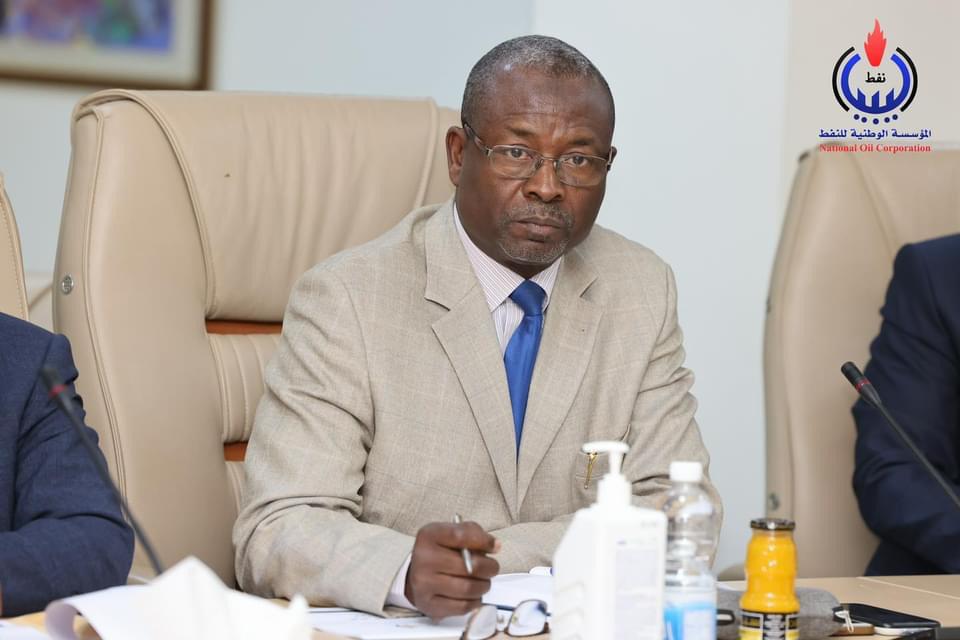
As the Geopark project globally progresses, Geopark spotting in Libya aims through this work to present the scientific summary to introduce Geoparks and ways to preserve and manage the geological heritage in the State of Libya according to accurate scientific standards. Meanwhile, regard to the Arab countries, there is only one geological park, which is in the State of Morocco.
Through the scientific and practical discussion, we had a proposal to clarify the areas of geological importance in Libya, and the most important of these areas (Akakus Mountains, Al-Akhdar Mountain, Jabal Waw Al-Namous, Jabal Al-Dalam, Wadi Tanezzuft). During the field studies, these sites were of great importance to the participating brothers in the symposium, the coordinating team of the Geoparks project, mandated by UNESCO, explained the basic conditions that are supposed to be met for obtaining global approval for geoparks. During current time, it will be agreed to prepare a brief booklet containing information for a single geological heritage and a summary of all the geological features in the State of Libya, and it will be under the supervision of the UNESCO Regional Office in Cairo and the International Office in Paris.
Fumbling toward Earth Science Education
C. W. Gross (Sandstone Prehistoric Safaris, Calgary, Alberta, Canada)
Library/Heritage Calgary Historian-in-Residence C. W. Gross shares his background, methods, and challenges in developing multidisciplinary public Earth Science education and geotourism in the gig economy and writing his book The Ice Age in Western Canada (Fig. 1).
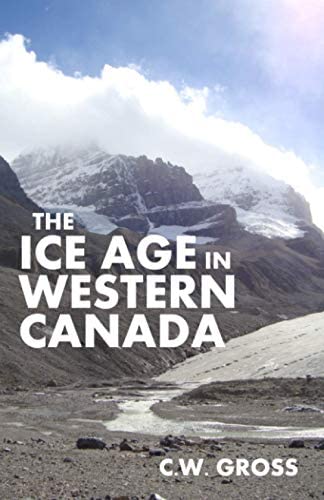
Figure 1. Cover illustration of The Ice Age in Western Canada by C. W. Gross.
Engaging and Maintaining Engagement with Youth in Geosciences
Thomas Hebert (Earth Sciences Foundation Inc., Eau Claire, Wisconsin)

Through the use of dinosaur dig tours and the creation of an Earth Science Center, the Earth Sciences Foundation Inc. (https://letsdig.org/) has found a unique way to get kids into the field and exploring the earth sciences and then keeping them engaged through classroom events and hand on experiences in fossil preparation, all while allowing adults to experience it with them and providing decompression digs for military veterans that struggle with mental health issues.
Science Museums in Canada: Facebook Trends and Strategies during the COVID–19 Pandemic
Melany Hysert (Geotourism Consultant, Calgary, Alberta, Canada)
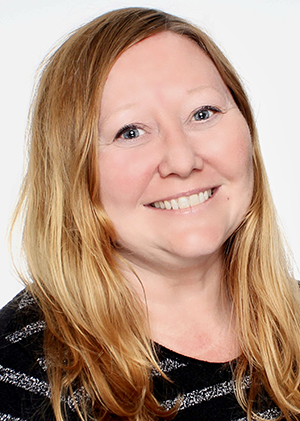
Abstract coming soon.
Geotourism in Prince Edward Island: Interpretation Tools that have Fostered Successful Geological and Paleontological Interest among the General Public
Laura MacNeil (Prehistoric Island Tours, Vernon Bridge, Prince Edward Island, Canada)
Prince Edward Island is composed of fossil-rich terrestrial sedimentary rocks that contain the largest and most complete record of the Permian Period anywhere in Canada. Despite P.E.I.’s potential for geotourism and scientifically-important discoveries, it is the only province in Canada without a provincial geologist, paleontologist, post-secondary Earth science education, or natural history museum. For this reason, P.E.I. is unique in that prior to 2020 there existed no venue to learn about the Island’s geologic history, and currently requires the general public to find and report scientifically-important fossil discoveries. In 2020, Laura MacNeil, a geologist and Earth science educator, founded a geotourism business named Prehistoric Island Tours (https://www.prehistoricislandtours.ca/) with the goal of providing an organization that delivers education and fosters interest among Island residents to learn about P.E.I.’s geoheritage. One of the tasks taken on by Prehistoric Island Tours was narrowing the communication gap between the public, scientific community, and the provincial government by teaching residents how to look for and report significant finds. In this session, Laura will provide insight on what successful interpretation tools have worked to gain the public’s interest in geology/paleontology and want to take part in citizen science by searching for fossils themselves while walking P.E.I.’s shorelines.
Sponsorship Opportunity
Interested in Sponsoring? Sponsorship levels are Diamond, $1000; Platinum, $500; Gold, $250; Silver, $150; Bronze, $100; and Patron, $50. Contact James Willis at jwillis3@lsu.edu for more information.
